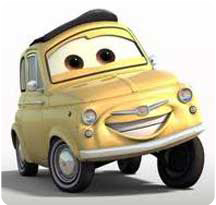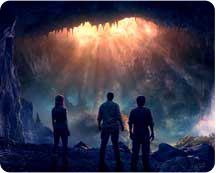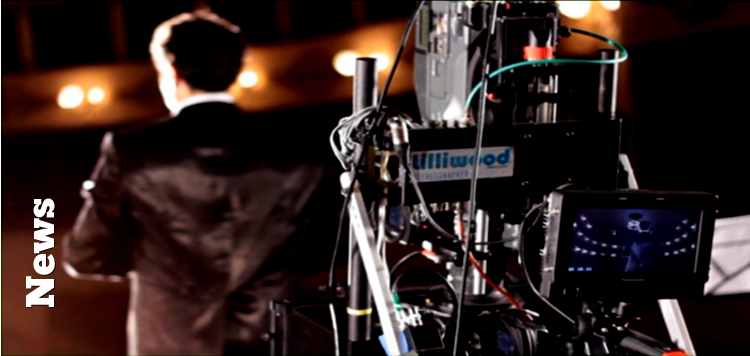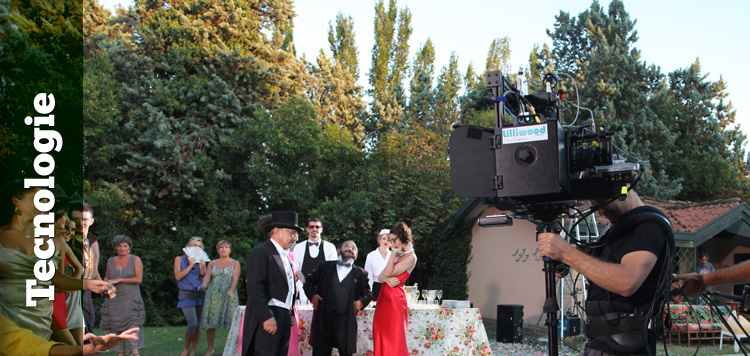
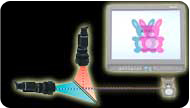
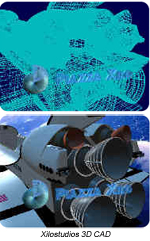
“3D” means different things to different people. In the world of visual effects it primarily refers to CGI modeling.
For example, every Pixar film ever made was created through the use of “3D” animation techniques. To differentiate the 3D CGI, the stereographers refer to the craft specifically as "stereoscopic 3D".
Stereoscopy is the technique for creating or enhancing the illusion of depth in an image by presenting two offset images separately to the left and right eye of the viewer.
The process takes advantage of the binocular nature of human vision - each eye sees a slighly different 2-dimensional image, and the brain uses the differences to reconstruct the third dimension, often called depth.
The process takes advantage of the binocular nature of human vision - each eye sees a slighly different 2-dimensional image, and the brain uses the differences to reconstruct the third dimension, often called depth.
In these last years the CG is used for cartoons, fantasy sci-fi movies, etc, but they are not stereoscopic movies. For example, movies like Card or Finding Nemo were computer animated films.
Today Pixar Studios have produced a lot of stereoscopic cartoons and Cars 2 will be in 3D, Mark Zoradi, the president of Walt Disney Studios Motion Pictures Group, told that all films produced by Pixar and Disney will be released both 2D and 3D, including the remastering of previous Disney films in 3D.
THE WORTH OF 3D IN CINEMA
In the last few year, a new concept of stereography is born, more important and more evolved:...”stereography as an essential instruments to recreate the real visual perception sensation that is the most important thing to simulate reality. In that case we can't consider stereoscopcy only as a simple creating of the illusion of depth in an image, but we consider it as a sign of realty.
That means to create a real and parallel world (for example the virtual reality), so the stereoscpy becomes a focal point.
On set, the direction of stereoscopy could have different roles, depends on the aims that you want to fulfill: from a trivial technique for strong emotion (special effect) to a fine instruments to transport the audience into a parallel realty that a director wants to represent (for example Il Volo by Wim Wenders).
In a story where the sterescopy has a delicate weight, the director of stereograpghy has the same role and importance of the DOP who has to reach “the reality”, as well. From that, we understand that there will be a great collaboration between the stereographer and the DOP, like the director and the screenwriter.
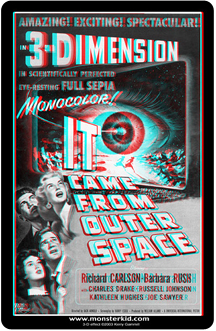
Destinazione Terra (1953) di Jack Arnold
